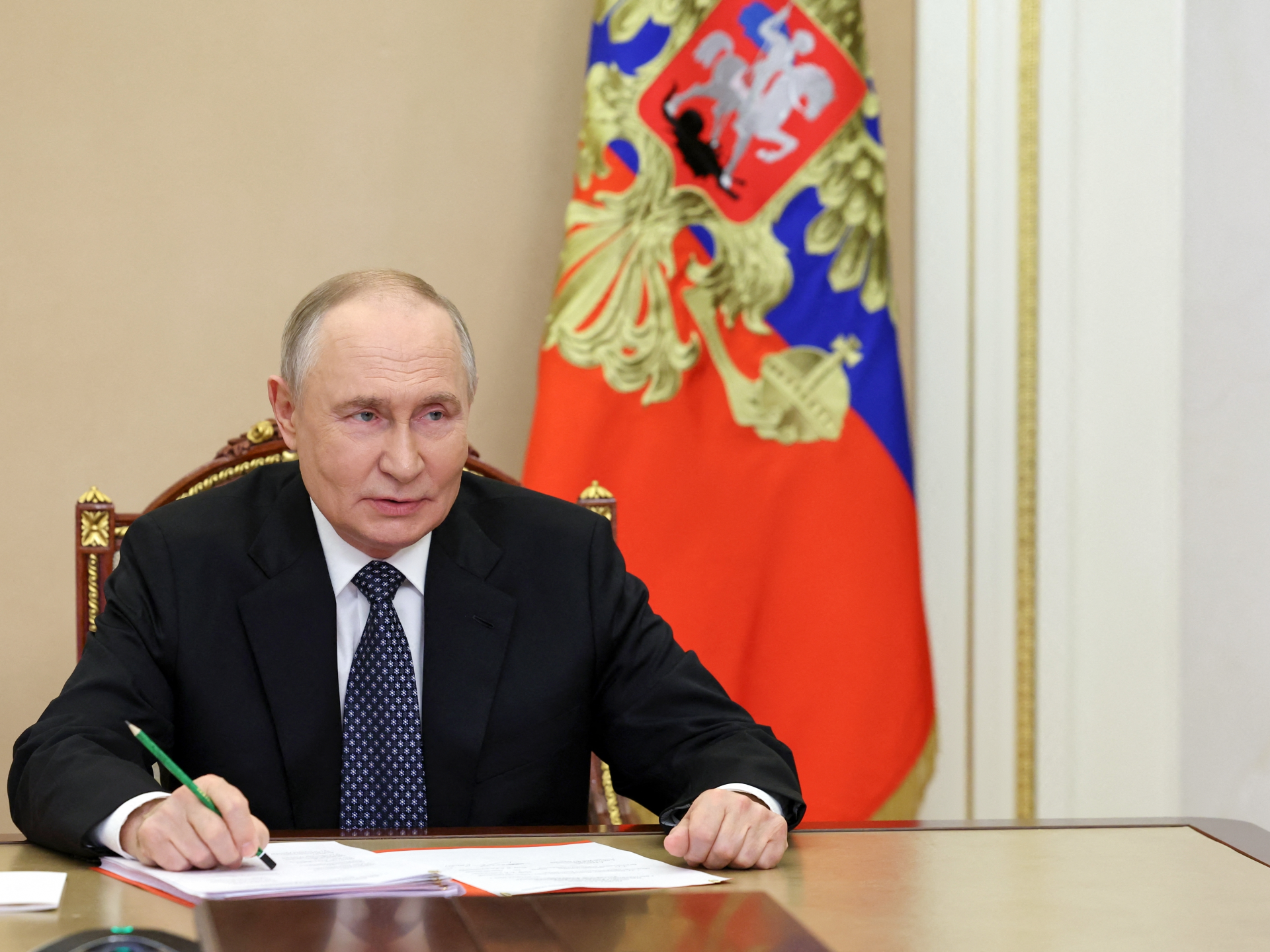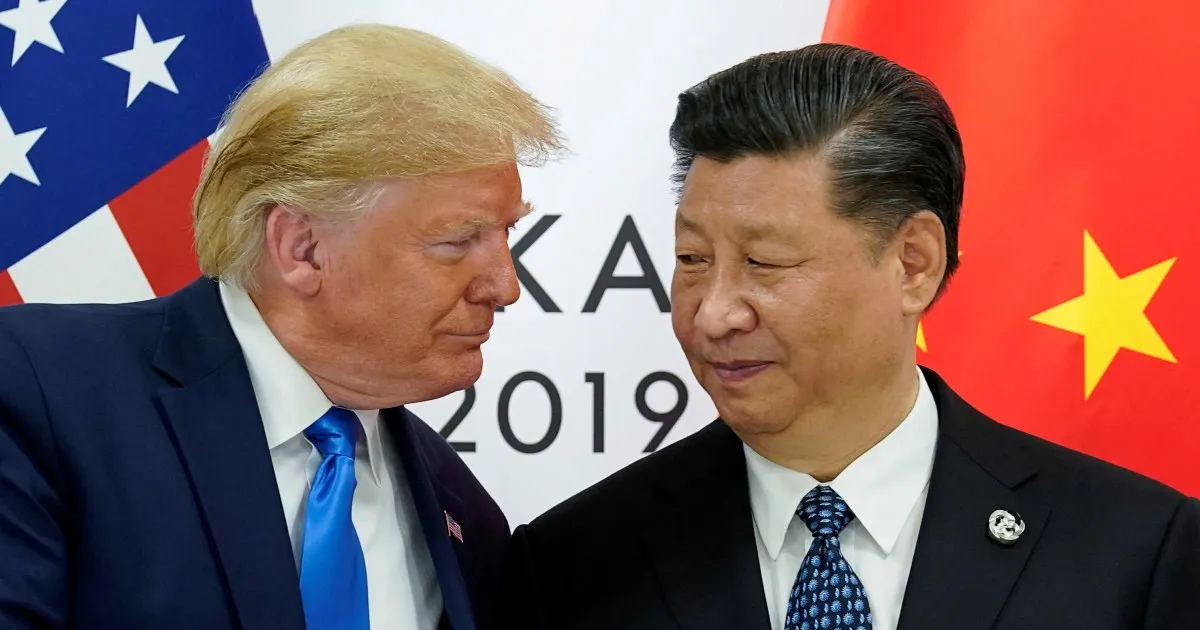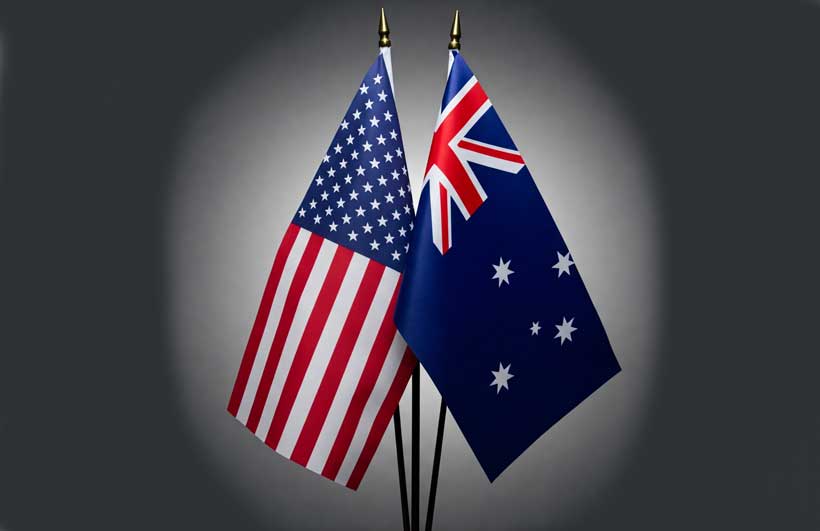The recent agreement between the United States and Australia to invest $3 billion in critical minerals and rare earths projects represents a significant step in the Western effort to reduce dependency on China for strategically vital resources.
While the deal has been heralded by Washington as a turning point in global supply diversification, a closer examination suggests that China’s entrenched dominance in rare earth mining, refining, and magnet manufacturing will remain largely unchallenged in the foreseeable future.
This analysis situates the agreement within the broader geopolitical and economic context of resource security, outlines its potential and limitations, and assesses its implications for the evolving balance of power in the Indo-Pacific region.
Rare Earths and Strategic Dependence
Rare earth elements (REEs) are indispensable for modern technology spanning clean energy, defence systems, electric vehicles, and semiconductors. Despite their name, REEs are relatively abundant in the Earth’s crust; their scarcity lies in the technically complex, costly, and environmentally damaging refining process.
Over the past three decades, China has systematically consolidated control over this value chain, developing low-cost refining and magnet production capabilities that now underpin 90% of global processing capacity, 69% of mining, and 98% of magnet manufacturing (Goldman Sachs, 2024).
This dominance has translated into a form of strategic leverage. Beijing has repeatedly demonstrated its ability to weaponize resource supply chains, most recently through export curbs on gallium, graphite, and rare earth magnets, heightening Western concerns about supply security and industrial resilience.
The United States and its allies, including Japan, Australia, and the European Union, have consequently prioritized critical mineral diversification as a matter of both economic sovereignty and national security.
Key Issues:
Technological Dependence:
Western economies lack refining and magnet manufacturing infrastructure comparable to China’s mature ecosystem, which benefits from decades of state investment and technological standardization.
Environmental and Regulatory Constraints:
High environmental standards, community opposition, and lengthy approval timelines in the U.S. and Australia increase project costs and delay production, deterring private investment.
Market Distortion by State Subsidies:
Chinese producers benefit from state-backed financing, subsidized energy, and vertically integrated industrial networks that suppress global prices, making it difficult for Western firms to compete without government intervention.
Investor and Consumer Behavior:
Global manufacturers continue to prioritize low-cost Chinese supply, perpetuating dependency despite policy rhetoric about diversification.
Geopolitical Fragmentation:
Efforts to “de-risk” supply chains are hindered by divergent national strategies among Western allies, with varying levels of commitment to resource security versus environmental and economic priorities.
The U.S.-Australia Critical Minerals Pact
On October 20, 2025, President Donald Trump announced a joint U.S.-Australia agreement committing $3 billion to the exploration, mining, and processing of critical minerals.
The pact includes provisions for a price floor a mechanism designed to ensure profitability for Western miners operating in markets distorted by Chinese state subsidies and environmental cost advantages.
According to the White House, U.S. investments will “unlock deposits worth over $53 billion” in Australian reserves. The U.S. Export-Import Bank (EXIM) has issued seven Letters of Interest totaling $2.2 billion to Australian mining firms, including Arafura Rare Earths, developer of the Nolans project in Western Australia.
While these measures indicate a serious financial commitment, they also highlight the industrial asymmetry between emerging Western projects and China’s mature, vertically integrated supply chains.
Economic Feasibility and Industry Timelines
Industry experts have expressed caution regarding the feasibility of rapid supply diversification.
Barrenjoey analyst Dan Morgan noted that the “time frame for various projects to be ready even by 2027 would be heroic,” reflecting the inherent capital intensity and regulatory delays in rare earth development.
Similarly, Dylan Kelly of Terra Capital observed that the current pricing of NdPr oxide the most traded rare earth compound “does not reflect a market dynamic that can sustain a significant fall in prices,” implying that a price floor mechanism may be essential for commercial viability.
Such perspectives underline the structural constraint that industrial policy cannot compress geological and technological timelines. New rare earth projects require multi-year investments in exploration, environmental clearance, and processing technology transfer.
Strategic and Geopolitical Dimensions
The U.S.-Australia pact is emblematic of a broader strategic realignment in the Indo-Pacific, wherein critical minerals are increasingly framed not merely as commodities but as strategic enablers of power projection.
For Washington, the deal aligns with its economic security agenda to “de-risk” supply chains and reduce China’s capacity to use resource dependencies as geopolitical tools.
For Canberra, it represents both an economic opportunity and a strategic burden. Australia possesses abundant mineral reserves but faces pressure to align its export policies with U.S. strategic interests, potentially straining its trade relations with China still its largest trading partner.
At a deeper level, the agreement signals the emergence of a critical minerals bloc, mirroring patterns seen in energy geopolitics. Yet, the absence of comparable refining infrastructure, skilled labor pools, and environmental cost advantages continues to limit Western competitiveness.
Market Reactions and Corporate Beneficiaries
The deal has already produced identifiable commercial winners.
Arafura Rare Earths and Syrah Resources have reported increased investor interest following the announcement, reflecting market confidence in Western government-backed financing.
Arafura’s CFO, Peter Sherrington, emphasized that the U.S.-Australia initiative “de-risks raising money from an equity perspective,” while its CEO projected full project funding by early 2026.
However, as Syrah CEO Shaun Verner noted, unless global consumers “cure their addiction to lowest-cost supply from China,” even well-financed Western projects will struggle to secure stable demand. This underscores a behavioral dimension of market dependency, wherein private-sector procurement patterns perpetuate Chinese dominance despite political rhetoric of diversification.
Implications for Global Resource Governance
In the short term, the U.S.-Australia agreement is unlikely to materially alter the global rare earth landscape.
China’s entrenched advantages in scale, technology, and regulatory flexibility will ensure continued dominance through the decade.
Nevertheless, the pact marks an important symbolic and structural step toward building alternative supply chains, particularly if accompanied by coordinated policies on processing technology, environmental standards, and market access.
In the medium to long term, such agreements could catalyze a Western-led industrial ecosystem, reducing strategic vulnerability and fostering innovation in cleaner extraction methods. However, success will depend on sustained political will, technological breakthroughs, and a willingness to absorb short-term economic inefficiencies for long-term security gains.
Analysis: Strategic Patience Over Political Rhetoric
The U.S.-Australia rare earths pact represents a strategically coherent but operationally constrained response to China’s resource hegemony. It reflects the increasing securitization of economic policy in an era of great-power competition.
Yet, as this analysis indicates, the pathway to rare earth independence will be long, capital-intensive, and geopolitically fraught.
While the agreement sends a strong signal of Western resolve, the transformation of intent into industrial capability will take years, not electoral cycles.
Until then, China’s dominance will persist not simply because of its mineral reserves, but due to its unparalleled integration of industrial policy, technological expertise, and geopolitical strategy.
With information from Reuters.


